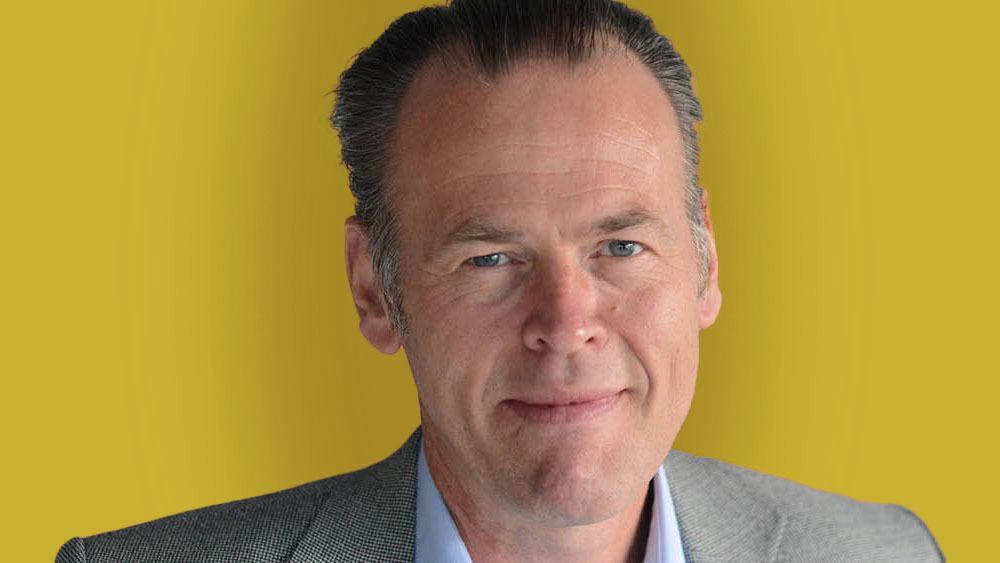Your cart is currently empty!

Strong leadership is a collective skill
Company leaders’ primary task is to organize collective responsibility, argues Hans Odenthal.
Think about strong leadership. I bet you thought about one person, with a high chance that the person you had in mind was male. Which is understandable, since we’re used to the image of the solitary, masculine leader. The visionary. The captain of the ship. The one who sets the course, makes the tough calls and pulls everyone along.
In many organizations, I still see the classic implementation of strong leadership: the charismatic male CEO who sits above the organization like an oracle. He makes all the important decisions, sets the course and leaves little room for dissent. If things are going well, everything is fine. But the moment things start shifting – a crisis hits, the market changes – it all falls apart. There’s no foundation. No shared ownership. No resilience. Everything rose and fell with one person. That’s not strong leadership; that’s too much dependency.
The typical response to failure: the CEO is sacrificed and a crisis manager takes his place to clean up the mess. In fact, the same mistake is made again. One man, one leader, tough decisions and the result: nothing really changed. Apart from the shareholders, who are satisfied that immediate action has been taken.
In my opinion, strong leadership is a collective effort. It lives in the way teams collaborate, in how people take responsibility, in how ideas can flow freely from every level of the organization. The power of leadership lies in sharing influence, delegating responsibilities, inspiring and motivating the team, building trust and having the courage to let go of control.
It doesn’t mean that we don’t need hierarchy. We should have somebody who is formally responsible for leading the company. But we should not put strong leadership only on his or her plate. The mindset of the whole management should be in line with this belief.
It also doesn’t mean we don’t need directions or directives. Nor am I promoting the idea that we should always seek a compromise. On the contrary, compromising is hardly ever the best decision. But giving direction is something entirely different from determining everything. Today’s leadership is more about creating space than taking it. It’s about listening, connecting and enabling others to excel.
A strong leader is somebody who leads by example, creating an environment where people can take responsibility. It also means that there should be room for making mistakes. It ensures the release of all the potential in the organization. To quote our former CEO: “I’m the boss of this company, but I have no say here. I know that I need to convince the people that my vision is the right one.”
I consider myself lucky that my organization has a strong do-it-together attitude. That already sets a solid base for a shared leadership culture. A good example is when we need to tackle a technical problem. Instead of looking to the systems architect to solve the issue, everybody on the team takes responsibility for coming up with solutions. People won’t hesitate to criticize other opinions, even when given by more senior people. In the end, it’s about the best result. Not about who came up with the idea. Challenging the CEO is literally one of our shared values.
Leadership is simply not a one-person job. The sooner you start to truly believe that – from the boardroom to the breakroom – the more your people grow and the stronger your organization will become. That’s what strong leadership is about.


